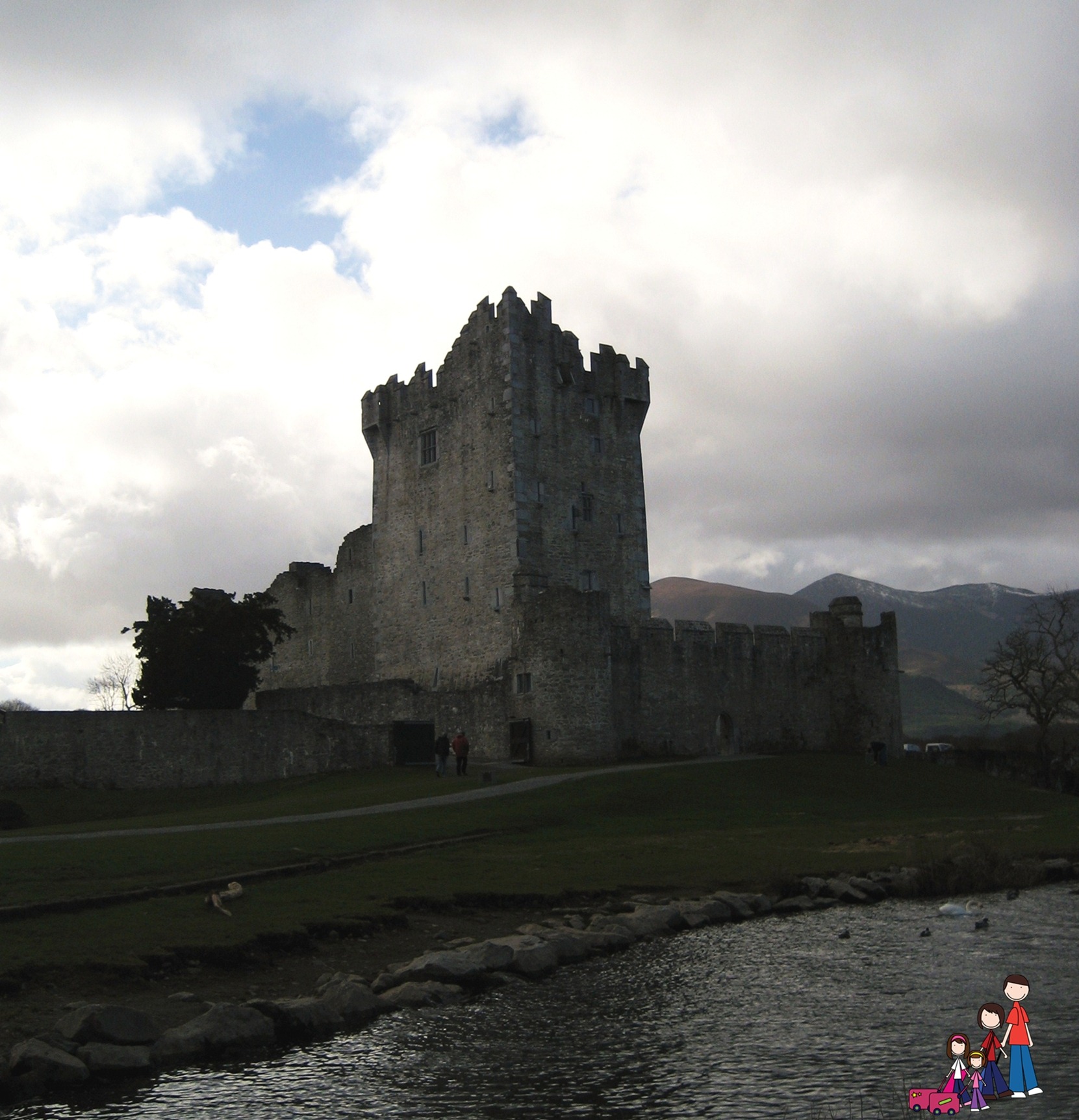Making Friends with Green Sea Turtles in the Cayman Islands
Last Updated on June 24, 2014 by Jody Halsted
“Mom, please can I take Bubbles home with me—I’ll carry him the whole way. Pleeeeeease,” pleaded my daughter who’d just become BFFs with a green sea turtle circling her in the touch tank. Before our visit the Cayman Turtle Farm on the Cayman Islands, my then 3rd grader had little interest in turtles, let alone the prehistoric-looking green sea turtles. Yet being able to have an up-close experience these gentle creatures gave my child a new appreciation for the reptiles.

Barely two inches in size at birth, pint-sized green sea turtles use their flippers to work their way out of their shells. Momma green sea turtles can lay anywhere from 80–120 eggs in their nests, which they dig deep into the sand on beaches. The turtles, which are found mostly in warm coastal areas like Hawaii, Puerto Rico, and throughout the Caribbean, can reach 3–4 feet in length and up to 300–350 pounds. They live long lives, some growing to be 80–100 years old or more (meaning Bubbles could outlive me and my daughter).
Even with their impressive size and long lives, green sea turtle populations have been shrinking. They’re now considered an endangered species. The Cayman Turtle Farm is working to rebuild green sea turtle populations in part through education and also through breeding. The farm is home to 7,000 green sea turtles within the 23-acre complex. In one area, visitors are able to see (if it’s hatching time!) tiny turtles trying to work their way out of their shells beneath layers of sand. Mature turtles are housed in the Breeding Pond and often bob their way to the surface.

In the turtle touch tank, visitors can go into a small pool with young turtles swimming all around. The flapping turtles made my daughter nervous at first. The guide at the touch tank explained that green sea turtles like to be rubbed under their chins – you could calm them, he claimed, by making that simple gesture. Whether that was island folklore or not my daughter latched onto the idea of not just touching the turtle but somehow making friends with them.
Find your family’s perfect Cayman Islands resort

The Cayman Turtle Farm isn’t the only place to learn more about sea turtles. Several coastal communities band together to restrict beach access when hatchlings are coming to the surface at area beaches. The breeding season happens anywhere between May and October. If you’re planning a vacation anywhere near a warm, sandy beach on the coast you might check out if there are any sea turtles breeding in the area and ask about whether your kids might be able to do to get a closer look.





This place was one of the two highlights of our trip last summer to Grand Cayman! The other was Sting Ray, where we got to feed the rays!
*Sting Ray City 🙂
Oh, feeding sting rays is so fun! Freaks my girls out a bit, but I think they are so incredibly cool!